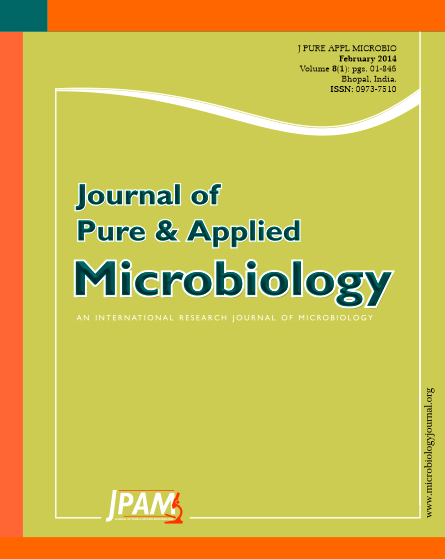Kokum (Garinia indica cv.Choicy) is an important spice fruit, which is used in preparation of many value added products. Four different yeast strains viz. Saccharomyces cereviceae (MTCC 6008, MTCC 4780, UCD 522 and isolate K.Sc) and lactic acid bacteria viz. Streptococcus thermophilus (MTCC1928), Lactobacillus brevis (MTCC1750), Lactobacillus plantarum (MTCC6161) and isolate K.LAB were screened for the efficiency of fermentation of kokum juice. The results revealed that the kokum juice fermented by yeast strain Saccharomyces cereviceae (UCD 522) recorded as lowest total soluble solids (7.0º brix), highest titable acidity (1.46 %), vitamin C (3.50 mg/100ml), lowest total sugars (6.55 %), highest alcohol production (6.65 %) and highest fermentation efficiency (93.39%) and highest organoleptic score (13.75 / 20.0 ) compared to other yeast strains. Similarly, among LAB strains, the strain Lactobacillus plantarum MTCC 6161 showed higher values with respect to titrable acidity (1.60 %), vitamin C (0.42 mg), least total sugar (10.17 %) and highest organoleptic score (13.00/20.0). The results indicated that the yeast strain UCD 522 and LAB strain MTCC 6161 found to be efficient in fermentation of kokum juice.
Kokum, Yeast, Bacteria, Fermentation
© The Author(s) 2014. Open Access. This article is distributed under the terms of the Creative Commons Attribution 4.0 International License which permits unrestricted use, sharing, distribution, and reproduction in any medium, provided you give appropriate credit to the original author(s) and the source, provide a link to the Creative Commons license, and indicate if changes were made.


